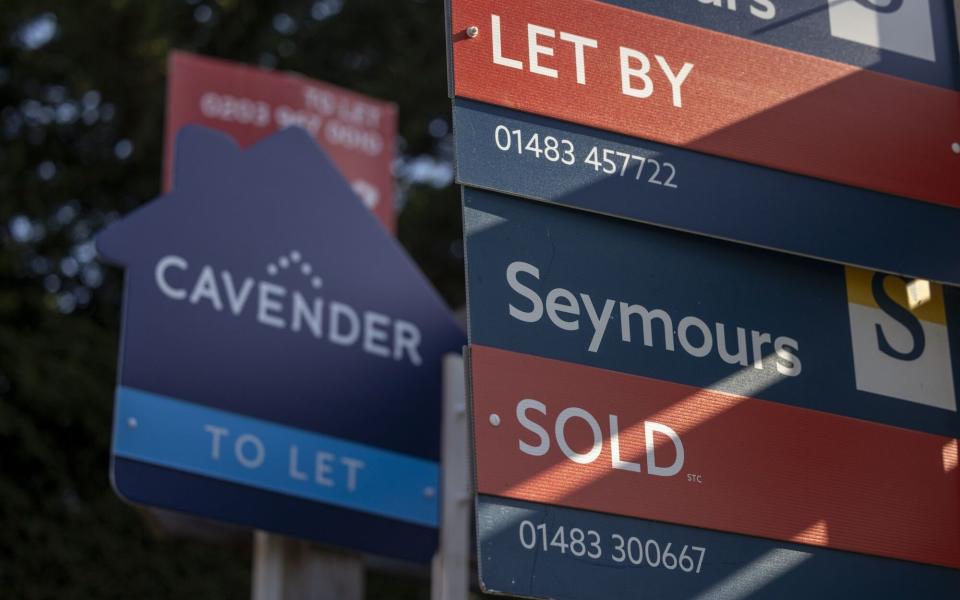Landlords are paying off millions of pounds in mortgage debt in a bid to reduce rising interest bills.
Over the past nine months, buy-to-let investors have paid down around £363m of mortgage balances, new analysis shows, as they try to minimise the impact of higher borrowing costs.
This comes as many landlords face the prospect of greater monthly bills once their fixed-rate deals expire.
The current average rate for a two-year fixed-rate buy-to-let mortgage is 6.28pc, according to data company Moneyfacts, which is more than double the 2.92pc rate on the same deal in October 2021.
This increase has meant the annual cost of taking out a typical £150,000 interest-only buy-to-let loan has jumped from £4,380 to £9,420 over the period.
Data from UK Finance shows that the total volume of outstanding buy-to-let debt shrank by £1.2bn between February and August this year.
Around two-thirds (69pc) of this was linked to landlords selling properties, while 31pc was due to buy-to-let investors paying down debt, according to analysis by estate agent Hamptons.
This is a marked shift after outstanding buy-to-let debt rose continuously since UK Finance started recording data in 2013. Over the decade, it rose 84pc to hit £305bn by February 2023.
Jack Tutton, director at SJ Mortgages, said he recently encountered one landlord who was keen to reduce their mortgage liability by a six-figure sum.
He said: “They would be saving a significant amount of interest given the interest rate that their mortgage is moving on to.”
The trend is more commonplace amongst landlords who have a portfolio of buy-to-lets rather than individual landlords, Mr Tutton said.
“Another option that landlords are considering is restructuring their portfolio to bring the loan to value (LTV) of the portfolio to an even level rather than being geared highly on particular properties and lower on others,” he added.
Separate data from UK Finance shows how landlords have been steadily reducing the size of their loans in response to interest rate rises.
Between the start of 2021 and spring 2023, the share of buy-to-let mortgages with high loan-to-value ratios has shrunk significantly, while the share with lower LTVs has swelled.
The share of outstanding buy-to-let loans with LTVs between 70pc and 80pc dropped from 17.8pc to 15.1pc, while those with LTVs of less than 40pc leapt from 15.4pc to 19.4pc.
This suggests landlords are paying down parts of their largest loans or selling properties that have particularly high debt costs.
Angus Stewart, chief executive at online buy-to-let broker Property Master, said: “The key issue here is one of affordability. That’s where the challenge is for everybody.”
Landlords may be paying down their debt because they will otherwise fail stress tests if they want to remortgage with another lender, said Mr Stewart.
Lenders stress test investors based on the ratio of rental income to their mortgage interest payments.
Mr Stewart said: “Affordability rules are clearly making it much more difficult for people who want to remortgage a 75pc buy-to-let loan unless they can put the rent up. That is where the squeeze is.”
Gavin Richardson, managing director at Mortgages for Business, a buy-to-let broker, said some investors are also increasing the size of their deposits when they purchase for the same reasons.
He said: “We’re seeing cases where they are adding an extra £5,000 or £10,000 to make the deal work and get a better rate.”
Broaden your horizons with award-winning British journalism. Try The Telegraph free for 1 month, then enjoy 1 year for just $9 with our US-exclusive offer.
Credit: Source link




